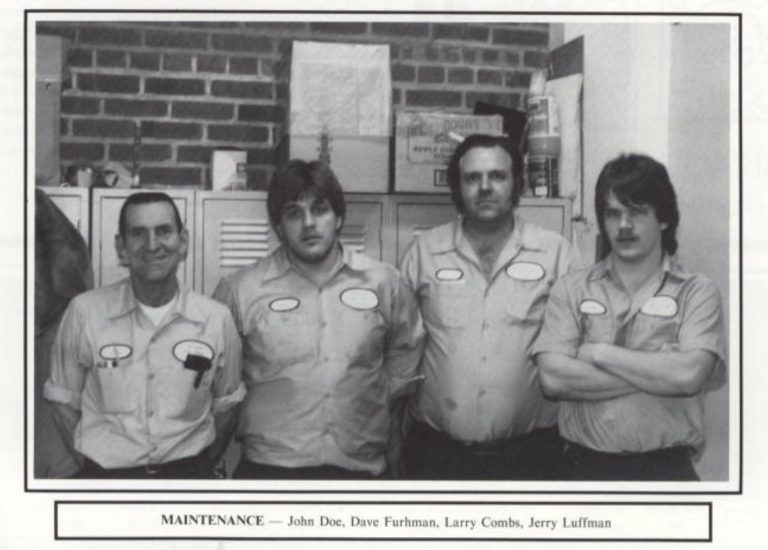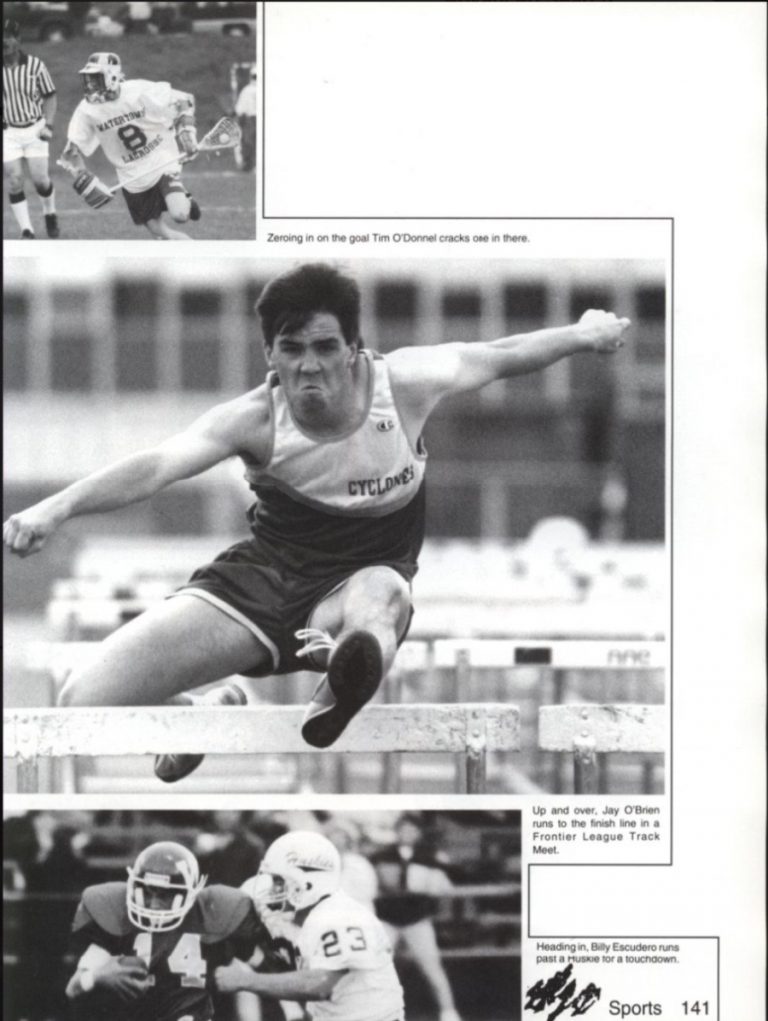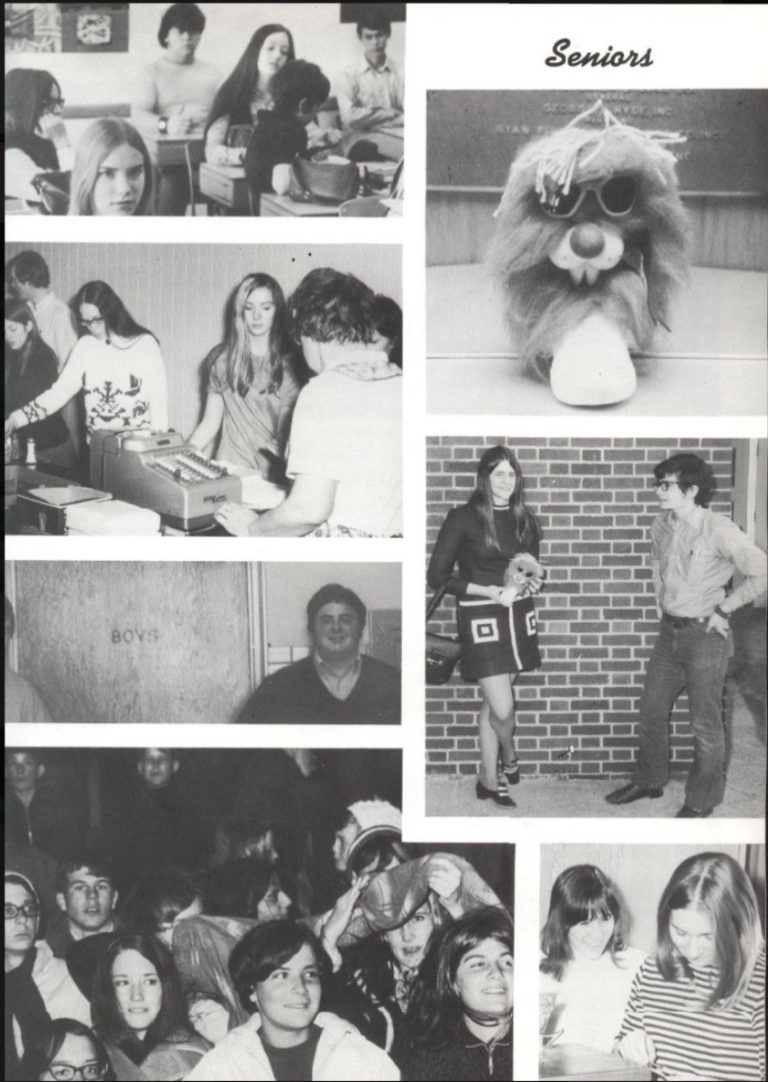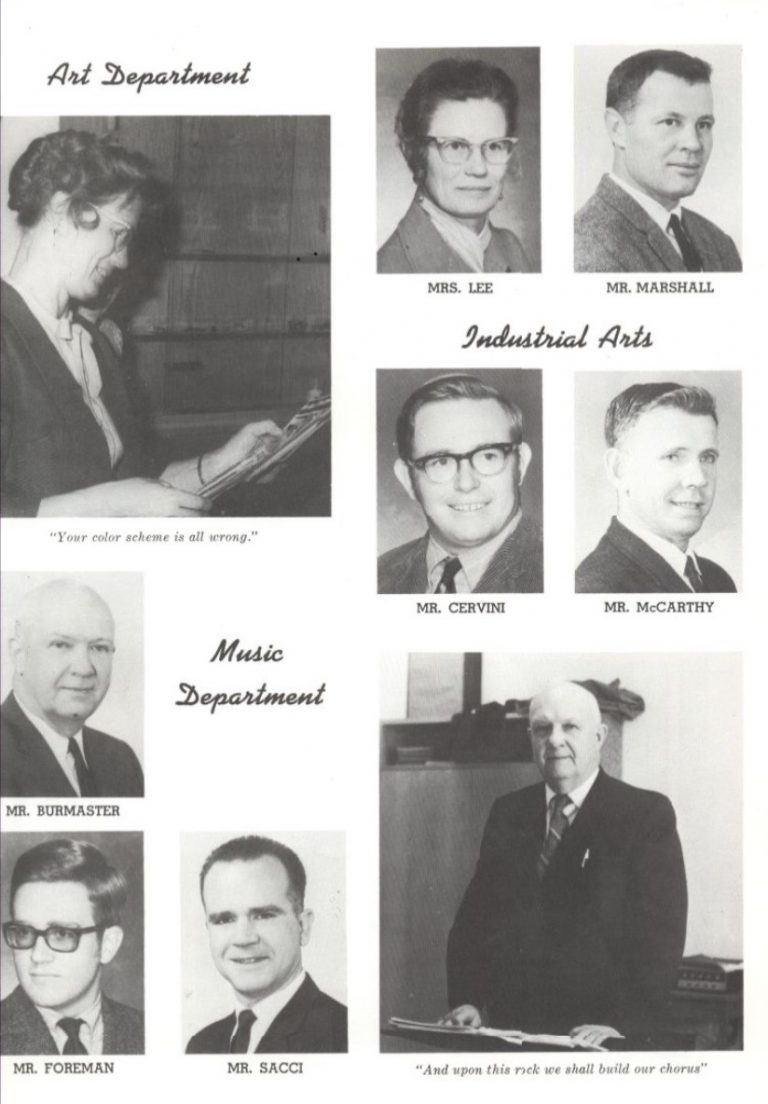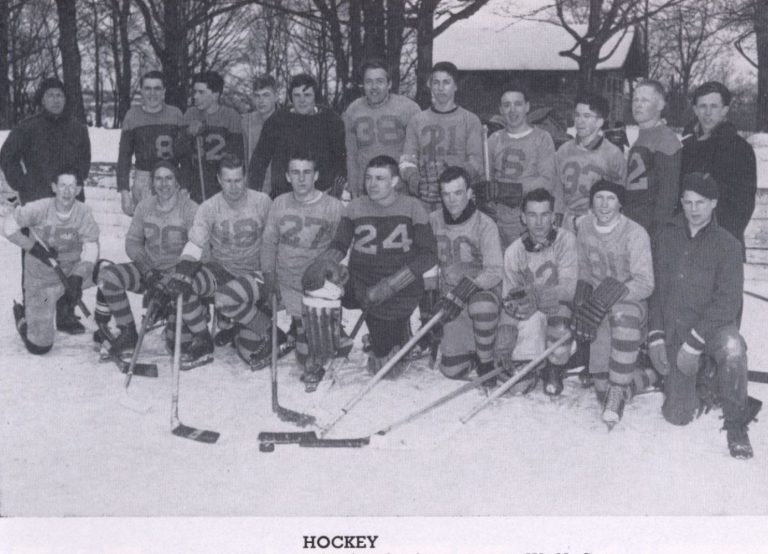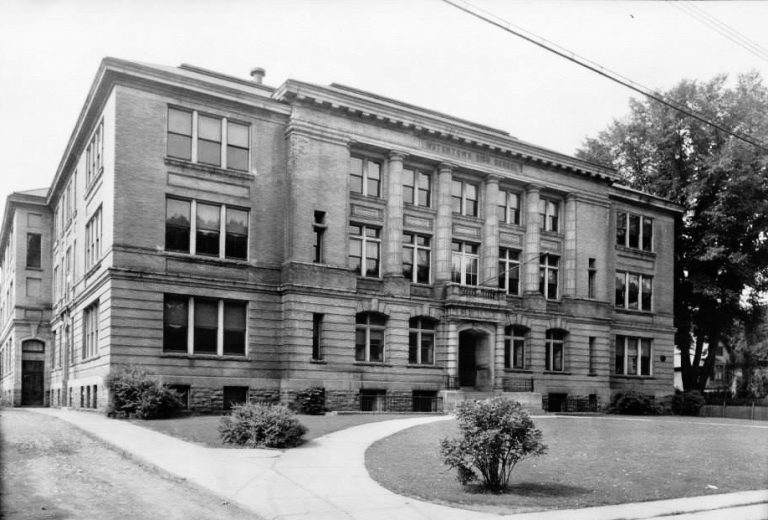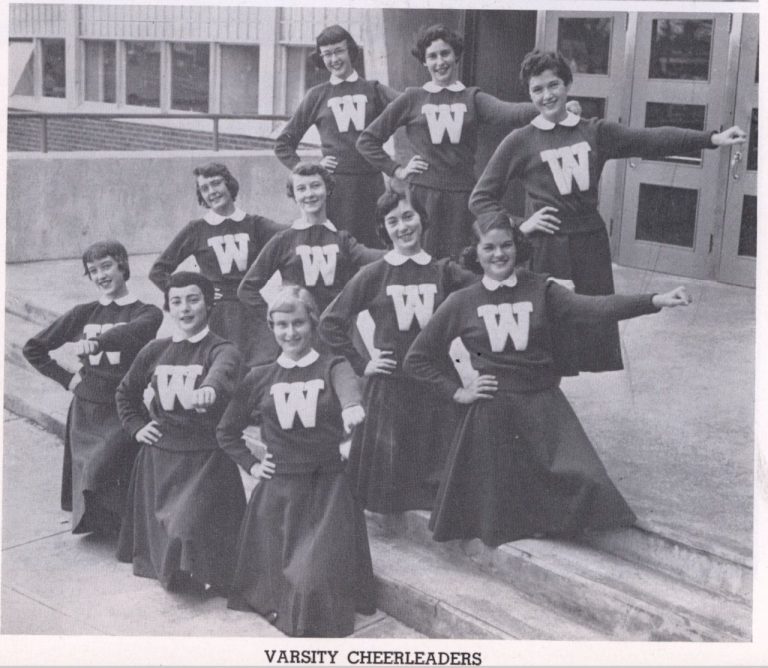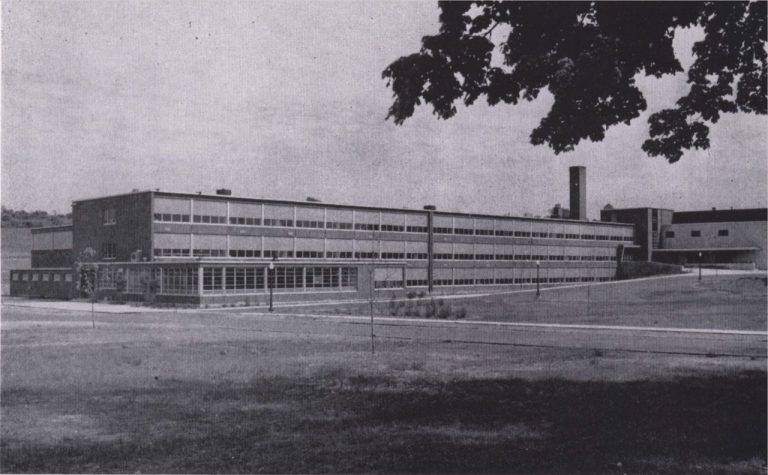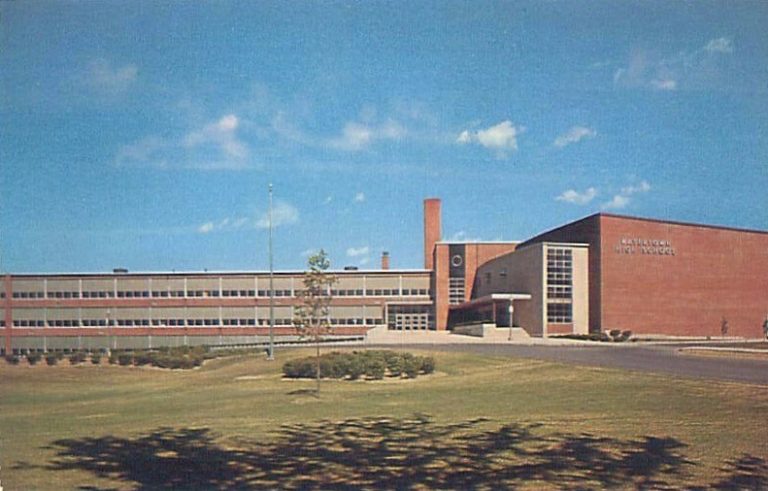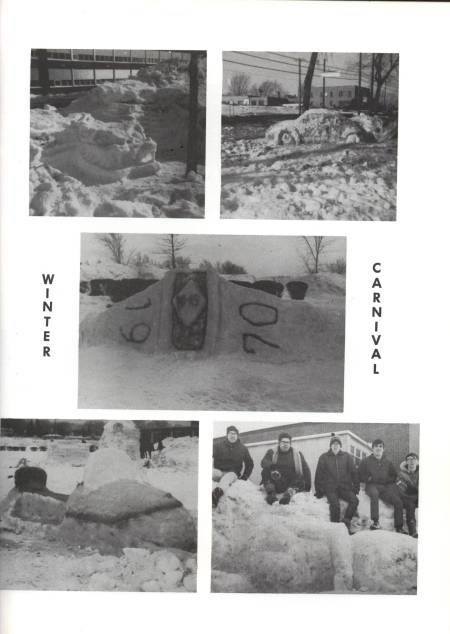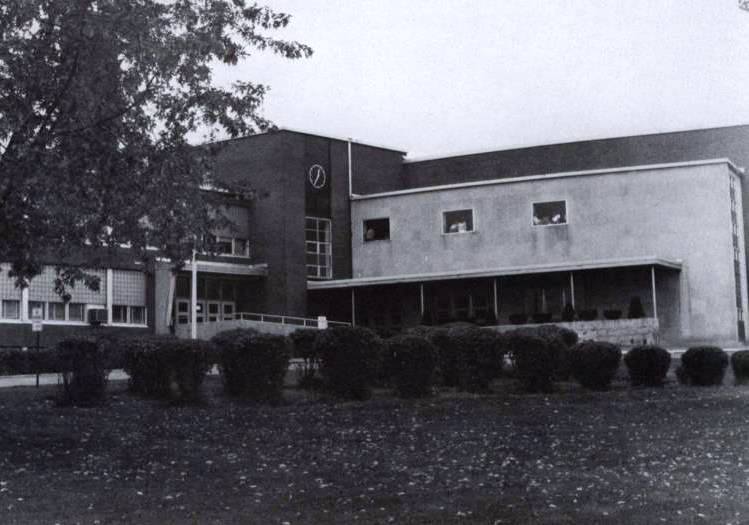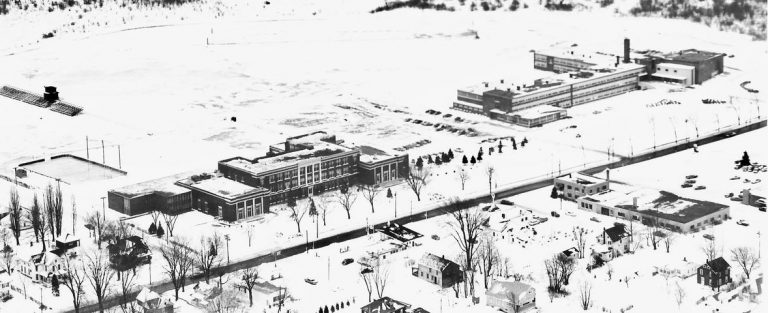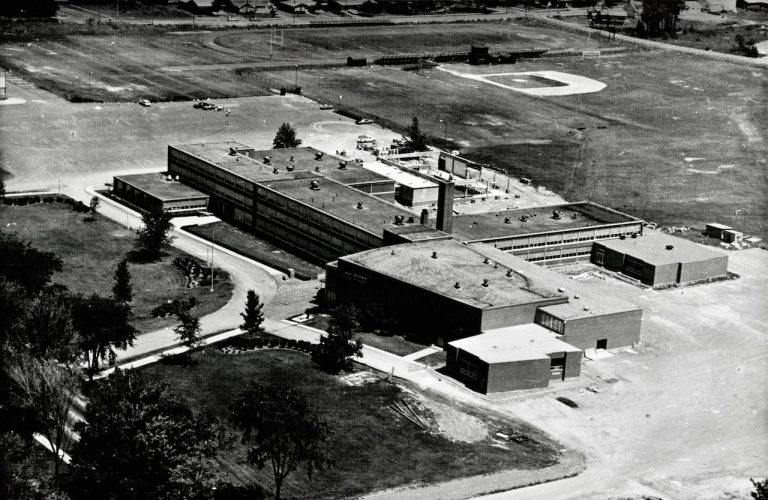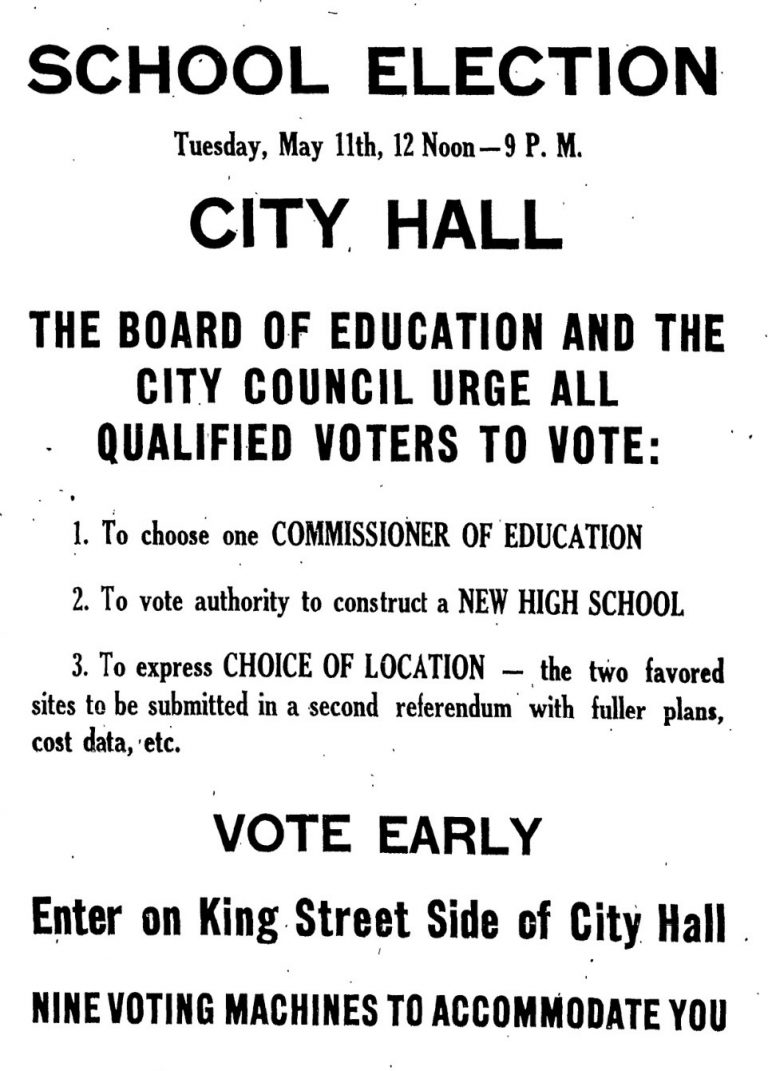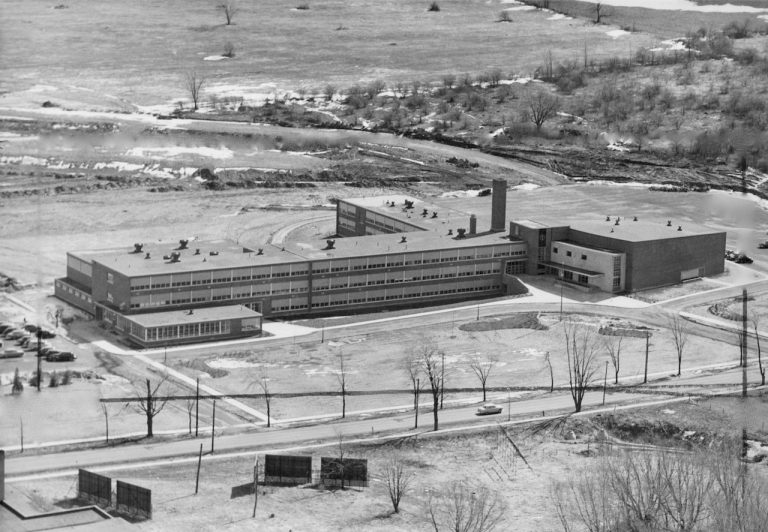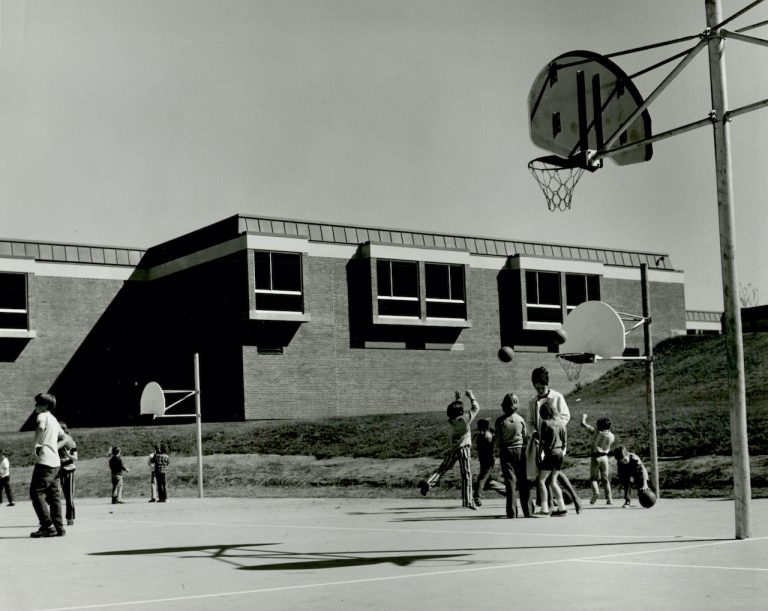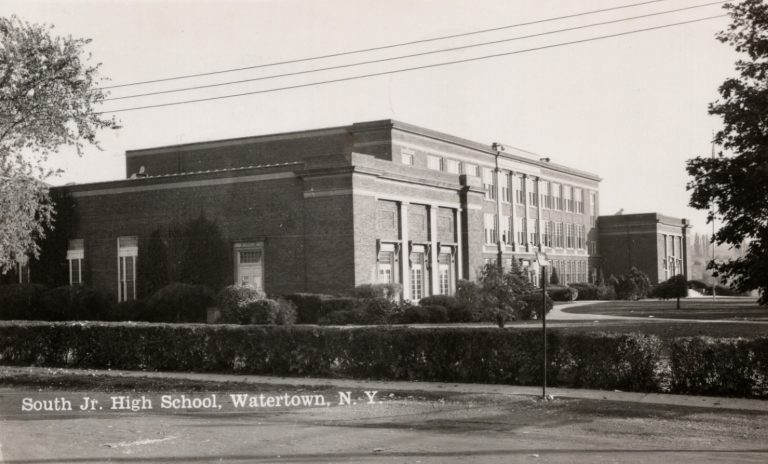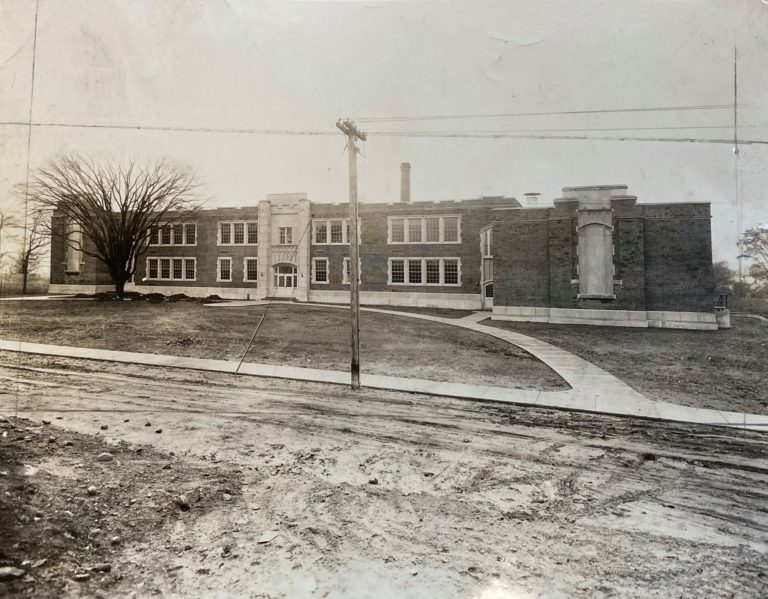The Twelve-Year Battle To Build A New Watertown High School On Washington Street
Efforts began in earnest in 1937 to build a new Watertown High School to replace the then 30-plus-year-old Sterling Street facility, which had been expanded upon over its short history. In 1938, a voting referendum was held, and an overwhelming majority wanted the new school to be built on “an outer site” of the city. Voters also opposed another proposal for two high schools, one on the north side and the other on the south, just as they had opposed the junior high schools.
After nearly a decade, it appeared the project was moving in the right direction. Despite the groundwork laid by the earlier referendums, the road to building the new high school was unprecedented. There were innumerable delays, new city councils rescinding previous councils’ decisions, more referendums, university assessments, and the seemingly never-ending question, raised by a small and vocal minority opposition, as to where the school should be built.
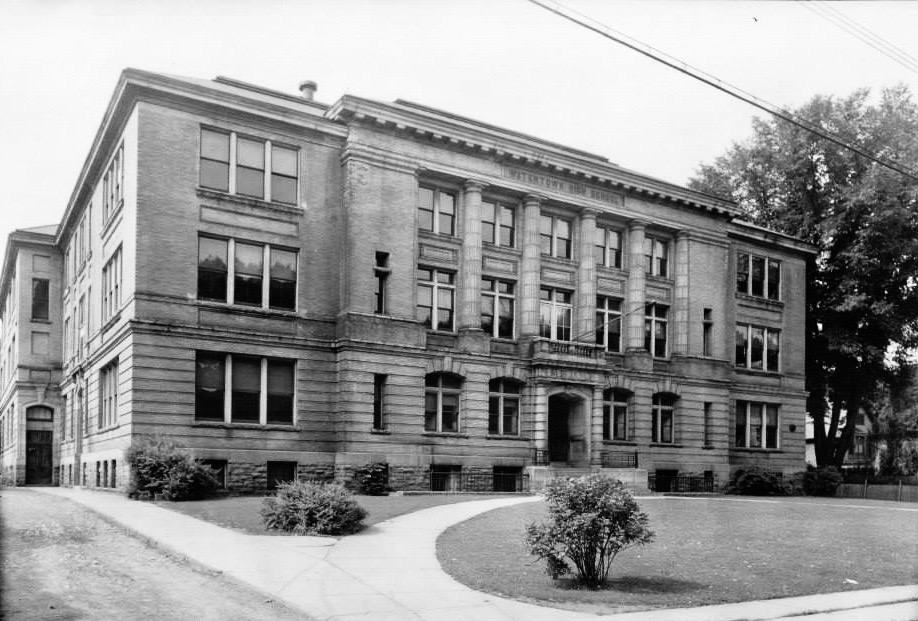
In early 1947, the board of education and the people of Watertown needed the following questions answered: Should the present high school on Sterling Street be renovated and enlarged? Should the South Junior and North Junior High Schools be added to? Or should we have a new high school, and if so, where?
That year, Ohio State University was hired to complete a city-wide assessment of its schools and future needs, including the feasibility of a new Watertown High School. Before the study, locations considered included Eastern Boulevard and the Fairgrounds, but the recommendation was made for a $1,410,000 high school building on the South Junior High School site, along with a proposed new elementary educational center on Franklin Streets and Keyes Ave.
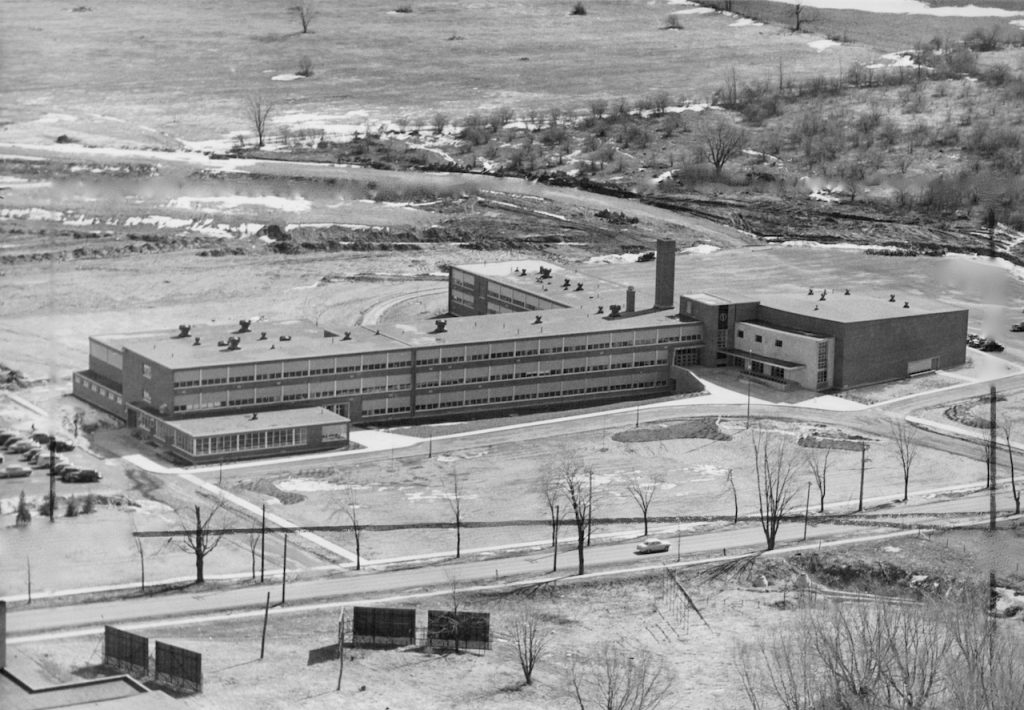
Other recommendations impacting the high school included abandoning the Remington Institute and including its facilities, staff at the new high school, and vocational facilities at the Arsenal Street School.
The assessment also made the recommendations that the city’s recreation commission and board of education jointly explore the possibilities of pooling their resources (building, playgrounds, equipment, staff, finances, etc.) to provide the community with a year-round recreation program.
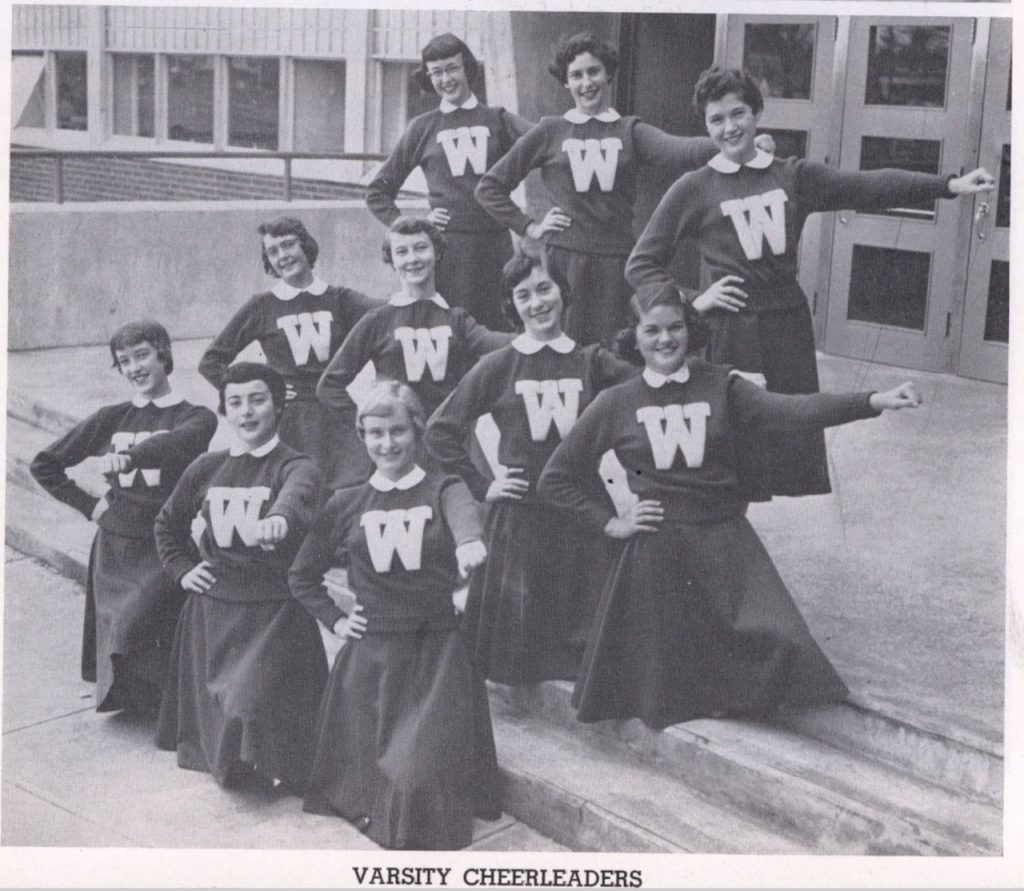
Despite The Ohio State University’s assessment and all the meetings leading up to it in the preceding decade, the need for a new Watertown High School continued to be debated. Complicating matters was the initiative for a new athletic field that was voted on separately that included the same sites as the high school. However, on this account the Eastern Boulevard site won the public’s vote overwhelmingly. The Watertown Daily Times remarked—
One argument advanced against the field was that Watertown needs a new high school. There can be no doubt that we do need a new high school as well as an athletic field. The tidy financial condition of the city makes this possible and we hope it will not be long before a school proposition is submitted to the people.
The athletic field proposal was eventually taken off the table due to opposition stating the school should be a priority. The push continued when the present Sterling Street high school was deemed inadequate and condemned by a panel group at the Sherman P. T. A. meeting. The building with three stories was too tall; its hallways were too small and crowded, while the stairways were too narrow and afforded little time to get between classes, particularly from the third floor to the basement. There, some classrooms existed too close to the boiler room.
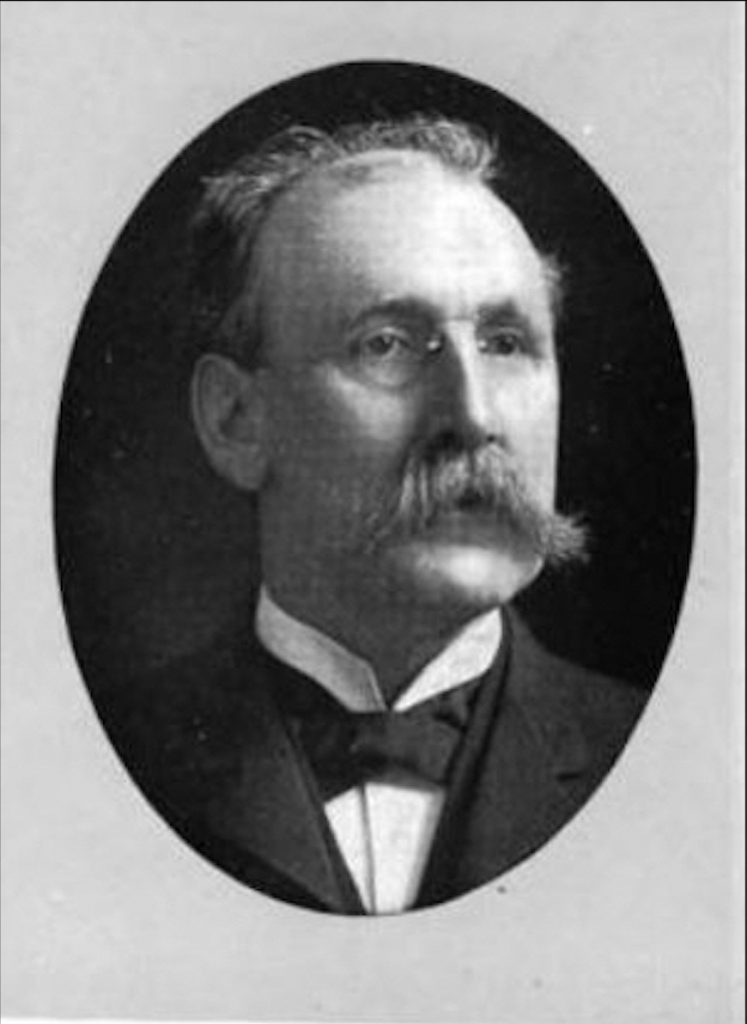
When the City Council was to vote on the board of education’s request to authorize a $1,852,500 bond to cover the costs of the new school, it was feared a well-organized opposition group was working quietly to pack the council meeting. The athletic field proposal had already been scrapped by this point, and the Watertown Daily Times noted that the apparent strategy for the opposition was to keep delaying progress by any means. While the opposition succeeded in getting the council to hold off on their voting, it was only temporary.
On December 23, 1947, The Times reported—
Advocates of a new high school for Watertown — and we believe that means the vast majority of our citizens — won a stirring victory last night when the city council, by a vote of four to one, committed the city to a $1,950,000 bond issue for such a school. Action was taken over the protest of Mayor-elect Henry A. Hudson who again urged delay.
Mr. Hudson on one statement recognized the full legal right of the council to take the action it did last night and, in the next, hinted that the new council might rescind that action. The new council, headed by Mr. Hudson, must take full responsibility before the people for any move it may make to kill the high school proposition. Our own judgement is that it will hesitate long before doing so.

The North Side Improvement League, a month prior having voted to hire an attorney to fight the bonding, started a supreme court injunction action to stop the administration from issuing the high school bonds as it was “a gross breach of discretion, indifference and a complete disregard to the rights of the taxpayers” and that it was “illegal and null and void and is an unlawful act under the charter.”
As predicted, Mayor Hudson had the vote rescinded in early January and delayed further referendum until May. Hudson’s concern was that, although not against a new school, the plans should be finalized before appropriating funds. Hudson would draw further criticism for questioning why the board of education chose the South Junior site, leaving The Times questioning whether he ever bothered to read The Ohio State University’s assessment and survey.
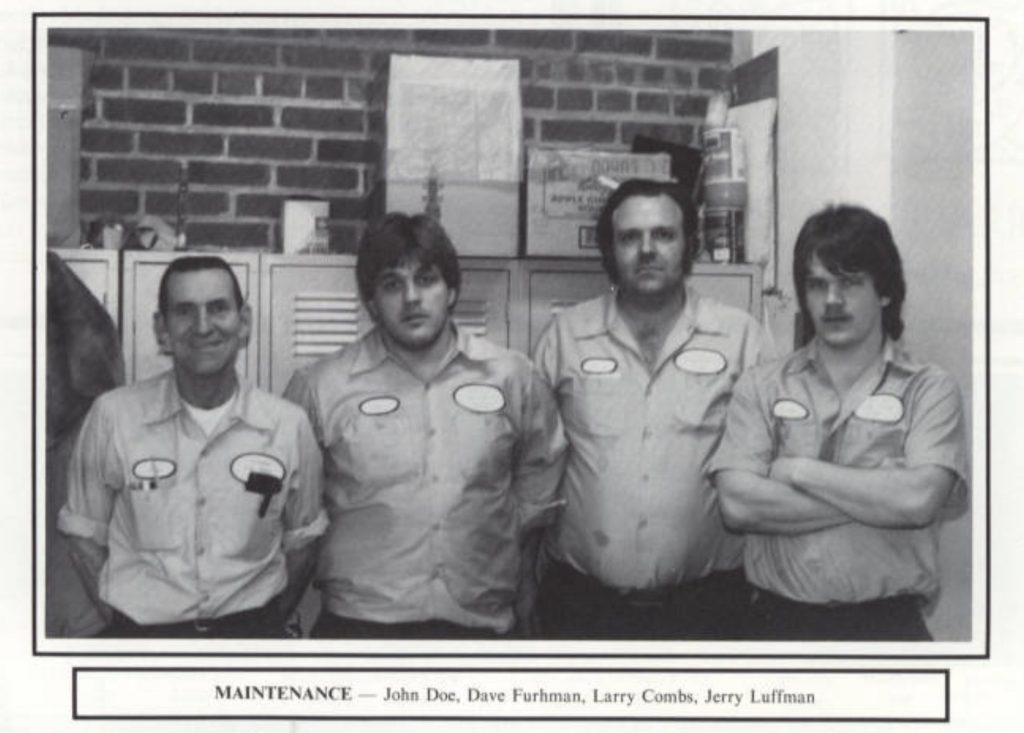
In March of 1948, the debate over the new Watertown High School was broadcast on CBS and WWNY. As reported in The Times’ March 13th edition—
Debate over the construction of a new high school as well as the costs is typical of the education problem in many communities in the United States and this typical situation will be broadcast over CBS and WWNY, in a special program March 27. The broadcast time will be from 6:30 to 7:30 p.m.
The program which is entitled “Report Card” is to be produced by the network documentary unit and is the first of a series dealing with national and international problems.
Interest of Watertown people is expected to be high because in the concluding scene of the program, the network will reenact the excitement and conflicts of citizens attending a community meeting to approve or reject the blueprints of an expensive new school building.
The program will be produced under the direction of Charles Monroe and Dr. Philip Eisenberg of the Columbia network and teachers at Rutgers University, New Brunswick, N.J.

On May 11th, the voter referendum was taken to task. As is no surprise for those who’ve since attended, a new Watertown High School on Washington Street was selected by an overwhelming majority with over four to one vote. The Times stated it was particularly gratifying as it ended a 10-year fight in which opponents repeatedly blocked the project and marked a return to progress after a long period that had given the city a bad reputation. A second referendum was held for voters to select a site once again.
The architectural firm of Sargent, Webster, Crenshaw & Folley was tasked with assisting William P. Beardsley with plans for the new Watertown High School. Two sites were surveyed: the Washington Street location and a block between Sterling and Academy Streets close to the existing high school, which was actually incorporated into the design. This move wasn’t much of a surprise since most of the proponents of a centralized school location had made similar proposals at various times over the previous decade.
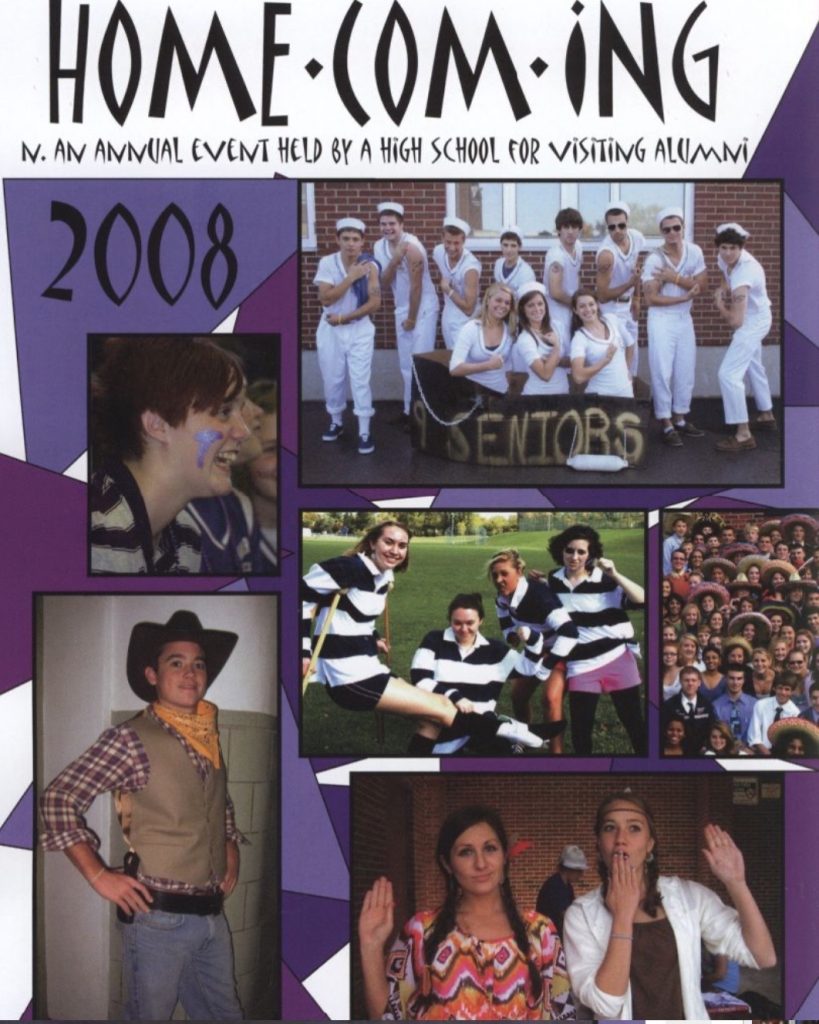
While the option involving the current Watertown High School was eventually dropped in August of 1948, taxpayers would have to wait another month before going to the polls to vote again where the new school should be constructed. That vote was delayed as well. On Monday, Oct. 18th, The Times printed a blistering sermon on the delays by Rev. Robert Youngs—
1—The Ohio State School survey favored it.
2—The architects and engineers of the state department of education favored it.
3—Wallace P. Beardsley, probably the most experienced school architect in this state, checked by a competent firm of local architects, after careful and extensive calculation, favored it.
4—The people of the city continued to favor it as they have indicated in every referendum since 1937.
“Well, September arrived and the second referendum was due. As usual it was delayed. Now October is here and still the referendum is delayed. Soon November will be here and then December when it will be too late to prepare plans, receive bids and draw contracts in time for construction in the good weather of 1949 and occupancy in 1950.”
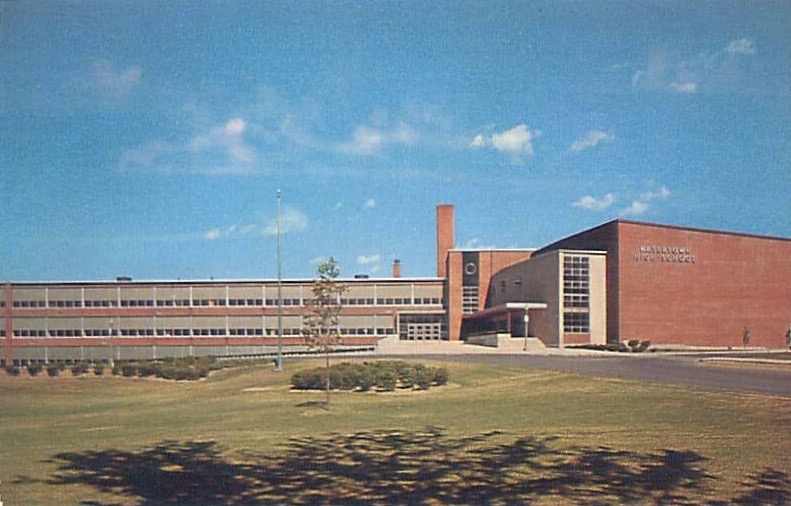
The new dilemma was brought about by some contesting Beardsley’s estimates for incorporating the existing school was too high and needed to be re-examined. When the referendum finally came up, voters were given the following to choose from when the referendum itself was supposed to be for site selection only:
Vote For One
Shall the High school be erected
(A)—At the South Junior Site?
(B)—On the block in which the present high school stands (central site)?
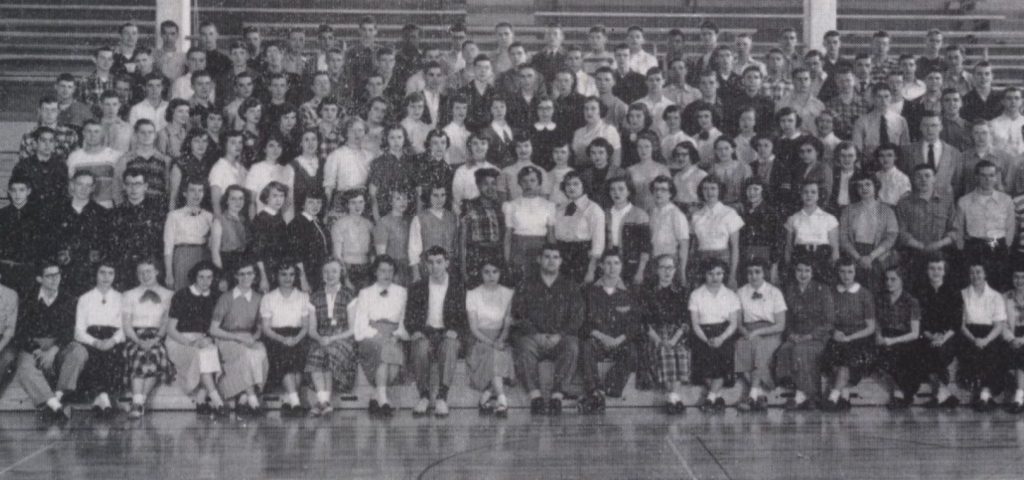
Vote For One
If the Central site is chosen, do you favor
(A)—An entirely new high school building?
(B)—Remodeling to use as much as possible of the old high school building, with the additional necessary facilities constructed in a new building?
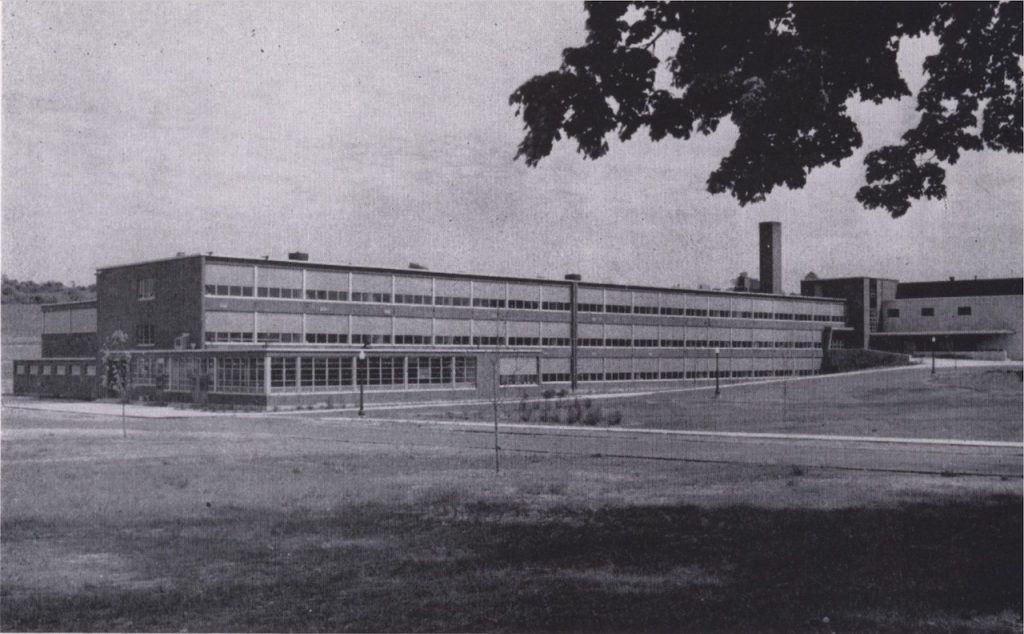
The Watertown Improvement League ran advertisements before the vote, stating, “They say: remodel the old high school and save $87,000 in building costs. We say: build a new high school on the South Junior High Site and save $450,000 in land costs.”
The vote on December 7th at City Hall was similar to the others, with two-thirds of the voters electing to build an entirely new Watertown High School on Washington Street. Four months later, the City Council agreed to delay funding the new high school. Led by Mayor Hudson, they reassured the board of education that it would provide the necessary funds for construction when the actual costs were determined.
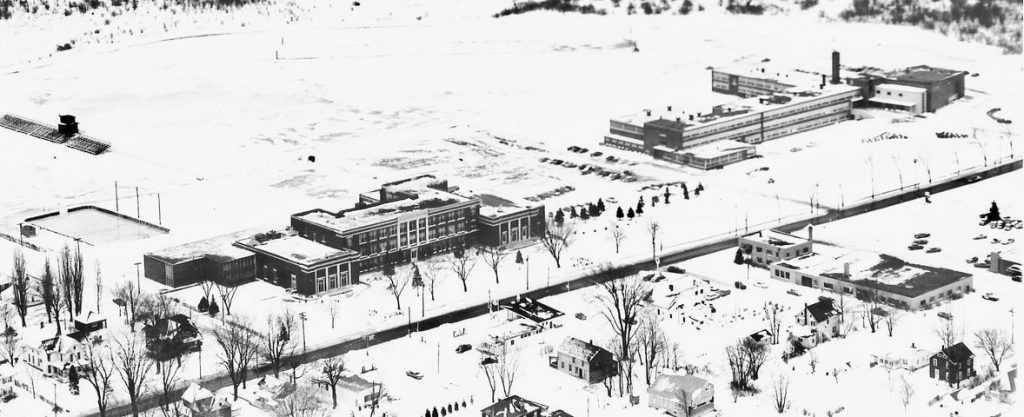
The board of education was forced to obtain and approve final plans, so the bidding process did not commence until late April 1949. Bids opened in late May. Once the contracts were awarded, the groundbreaking ceremony for the new Watertown High School on Washington Street was held on June 1st.
After nearly 14 years in the works and rumors of a basement flood and the school breaking in two during construction, the new Watertown High School opened its doors for students on January 2, 1951.
Below: the 1983 Watertown High School Class Slideshow, from Timothy Desormo’s YouTube channel:
Below: the 1988 Watertown High School Class Slideshow, from Evette Pope’s YouTube channel:


